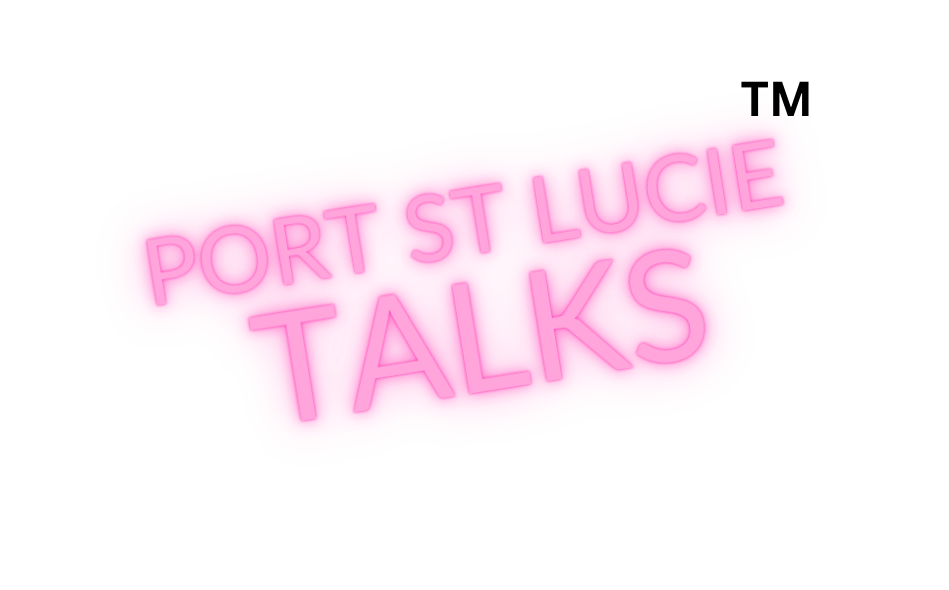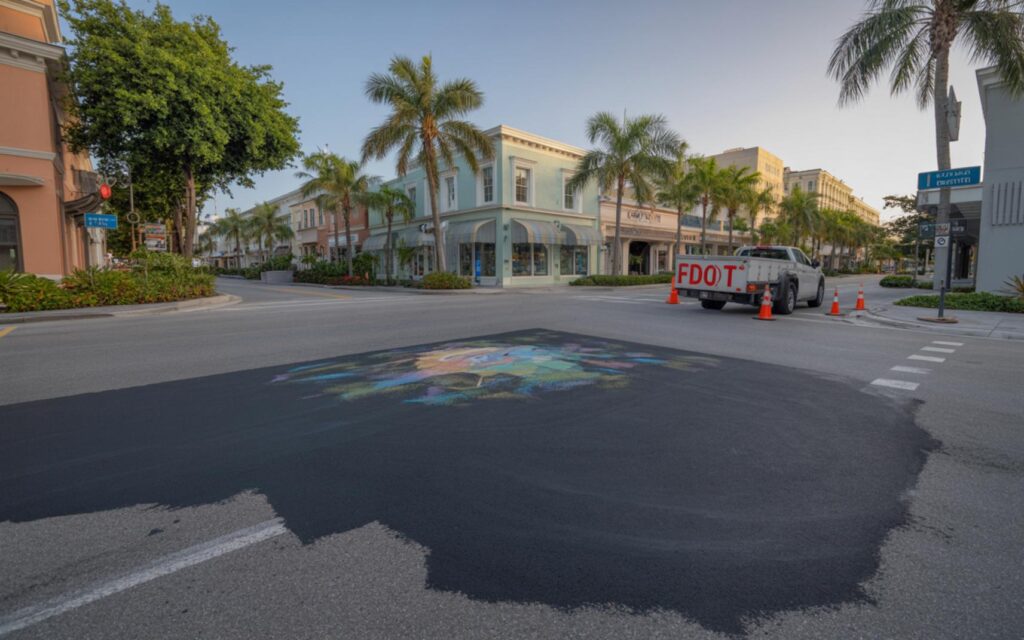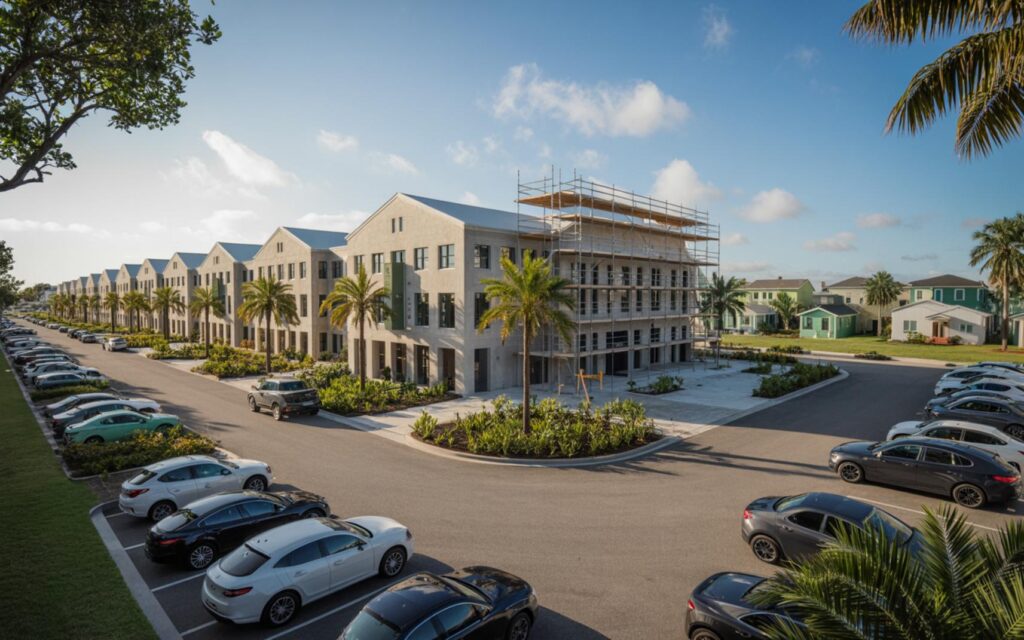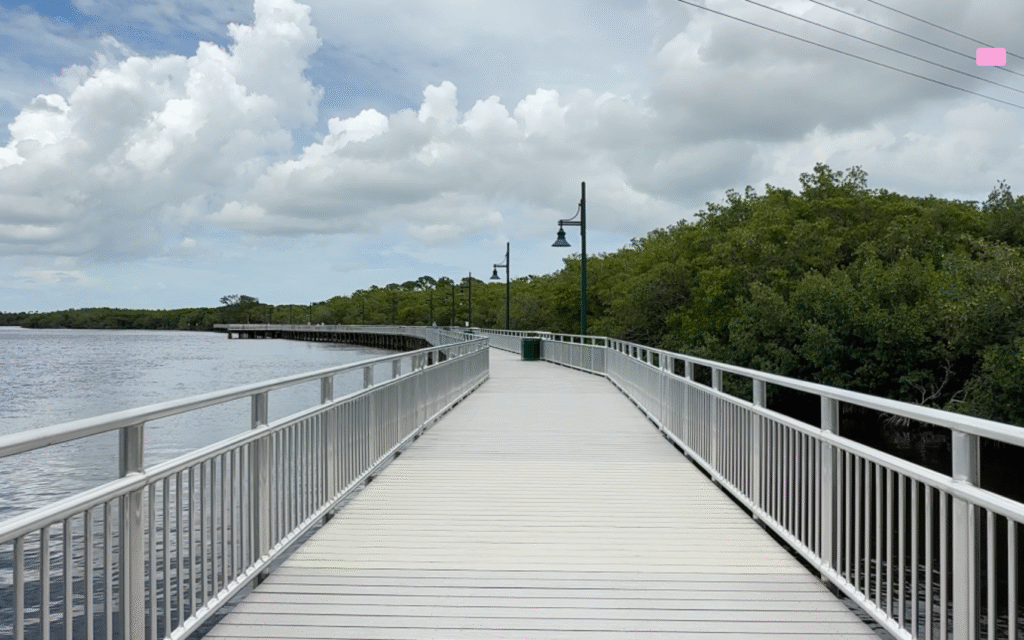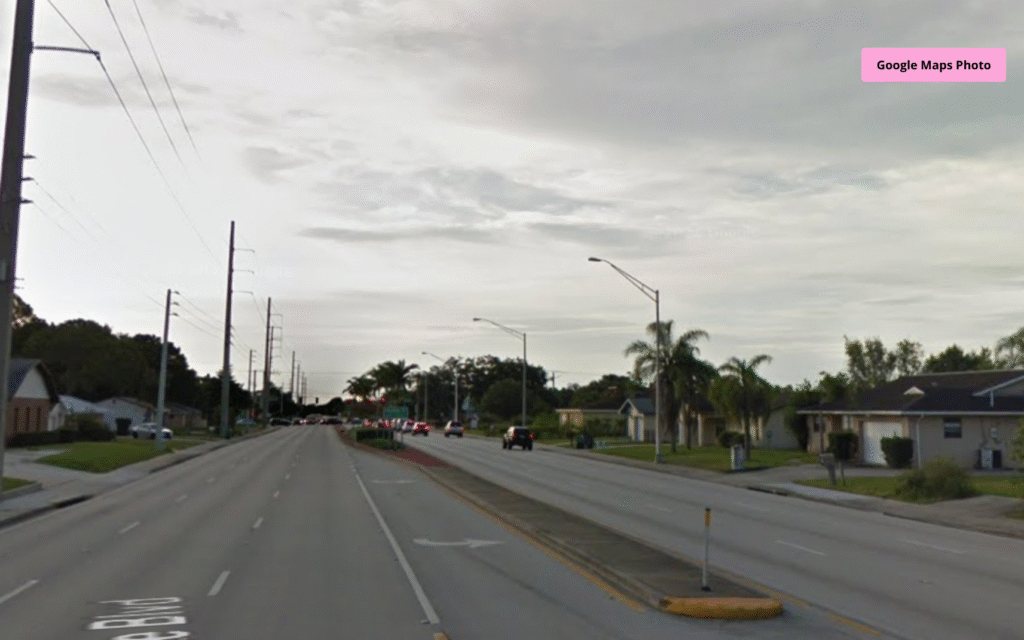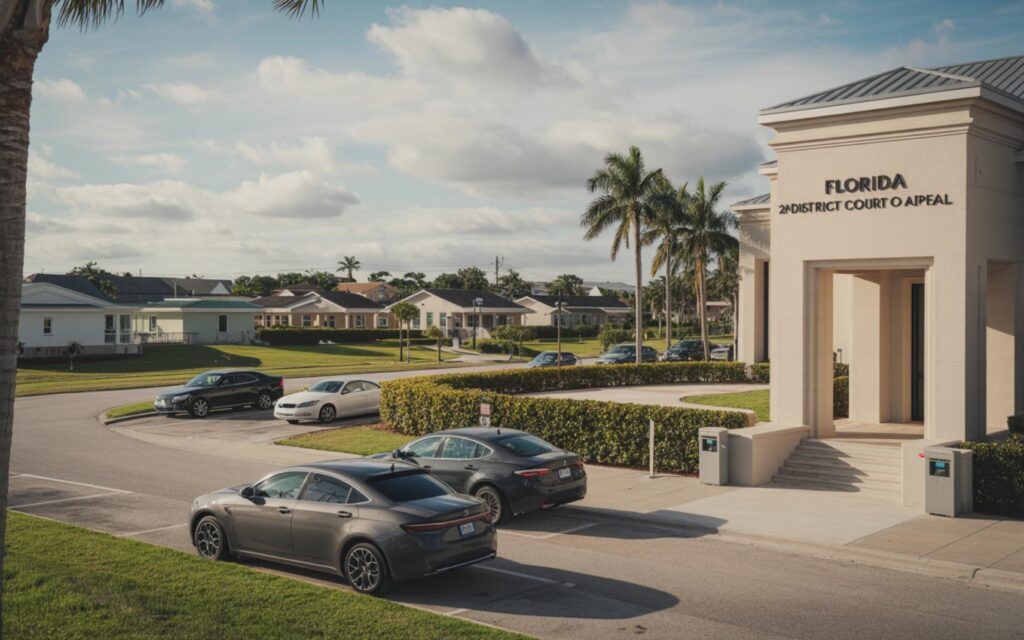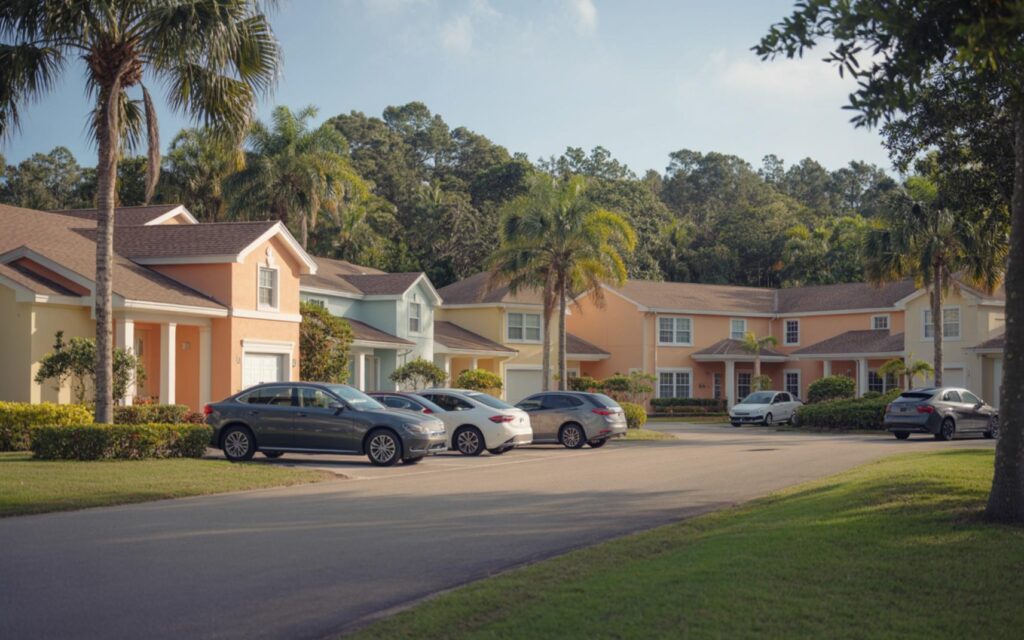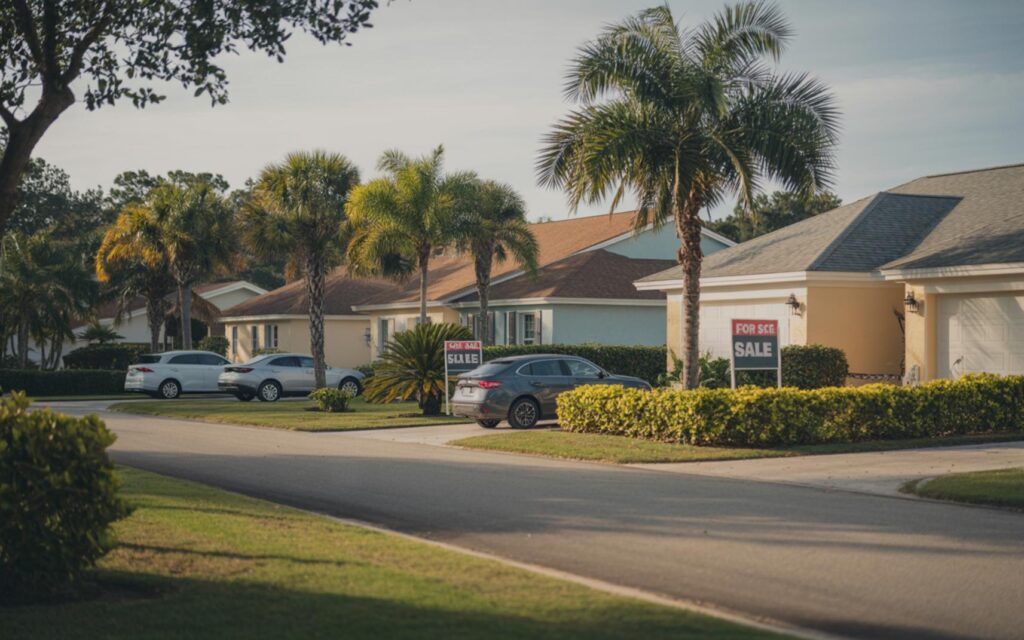The Delray Beach Pride mural, a rainbow-painted intersection honoring LGBTQ+ pride and the victims of the Pulse nightclub shooting, was painted over by the Florida Department of Transportation (FDOT) in September 2025. The removal of this prominent street art has sparked a legal and public policy debate regarding safety, local autonomy, and the future of public art in Florida.
Delray Beach Pride Mural and FDOT Safety Directive
The Delray Beach Pride mural was installed in 2021 at a city intersection. According to city officials, the project cost approximately $16,000 and was funded entirely through private donations. No taxpayer funds were used for its creation.
FDOT issued a statewide directive in 2025 requiring cities to remove non-standard or politically themed street art, including murals like the one in Delray Beach. The department cited safety concerns, labeling such murals as potential distractions and hazards for drivers. FDOT warned that non-compliance could result in the loss of state transportation funding for municipalities.
Timeline of the Mural’s Removal
According to FDOT, the City of Delray Beach received formal notice to remove the mural. After a brief compliance window, FDOT crews painted over the intersection with black paint overnight, repeating the process twice in the same week. This action occurred while the city was actively engaged in legal proceedings to challenge the directive.
City officials argued that FDOT acted before due process was completed, raising concerns about the department’s adherence to legal procedures. The removal left the intersection with visible smudges, streaks, and tire marks, prompting additional safety and visibility concerns among city officials and residents.
Local Crash Data and Safety Claims
FDOT’s directive was based on the stated goal of maintaining uniform road safety standards. However, city crash data indicated a decrease in accidents at the intersection since the mural’s installation. In the four years before the mural, there were 15 recorded accidents at the location. Since the mural was installed, only 2 accidents have occurred, according to city records.
Expert perspectives referenced by city officials highlight a tension between the goal of uniform road markings and the value of local expressions of community identity. Some experts note that while uniformity can support safety, there is limited empirical evidence that colorful murals directly cause accidents, especially when local data suggests improved outcomes.
Legal Challenge and City Response
The Delray Beach city commission convened emergency meetings in response to the FDOT directive and subsequent mural removal. The commission voted to join other Florida cities, including Miami Beach and Fort Lauderdale, in a legal challenge against FDOT. The lawsuit argues that the department did not follow required administrative procedures in issuing the directive to remove street art.
At stake for Delray Beach is up to $60 million in state funding, representing nearly a third of the city’s annual budget. City officials report that the risk of losing this funding has significant implications for local services and infrastructure projects.
Technical and Safety Concerns After Removal
After the black paint was applied, city officials and residents observed that the intersection was left with smudges and tire marks. Concerns have been raised about the visibility and safety of the roadway in its current condition. The city is exploring technical options to remove the black paint without damaging the underlying mural, but this process presents challenges.
The situation highlights the broader issue of how state-level policies intersect with local efforts to memorialize events and express community identity through public art.
Statewide Context and Policy Debate
The removal of the Delray Beach Pride mural is part of a broader statewide initiative by Florida officials to eliminate non-standard street art from public roadways. FDOT maintains that uniform road markings are essential for driver safety and consistency across the state.
Legal experts and transportation analysts note that the ongoing dispute centers on whether FDOT followed proper administrative procedures and whether local governments have the authority to maintain murals that reflect community values and history.
The legal process remains active, and details may be updated as the investigation and court proceedings continue. According to official sources, the situation is unresolved, and the balance between public art, local autonomy, and transportation policy continues to be debated in Florida.
Frequently Asked Questions About the Delray Beach Pride Mural
What is the Delray Beach Pride mural?
The Delray Beach Pride mural was a rainbow-painted intersection in Delray Beach, Florida, created to honor LGBTQ+ pride and the victims of the Pulse nightclub shooting. It was installed in 2021 using private funds and served as both a memorial and a symbol of community identity.
Why did FDOT paint over the Pride mural?
FDOT painted over the mural due to safety concerns, stating that colorful street art could distract drivers and pose a hazard. The department issued a statewide directive requiring the removal of non-standard street art from public roadways.
Are there other cities in Florida affected by the FDOT directive?
Yes, cities including Miami Beach and Fort Lauderdale have also been impacted by the FDOT directive. These cities have joined Delray Beach in a legal challenge against the department’s policy on street murals.
How much state funding is at risk for Delray Beach?
Delray Beach could lose up to $60 million in state transportation funding if it does not comply with FDOT’s directive. This amount represents nearly a third of the city’s annual budget.
Can the black paint be removed without damaging the original mural?
City officials are exploring options to remove the black paint while preserving the mural underneath. However, this process is technically difficult and may not fully restore the original artwork.
